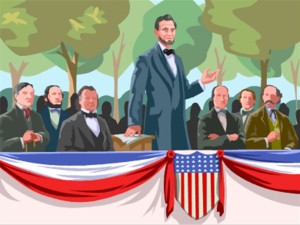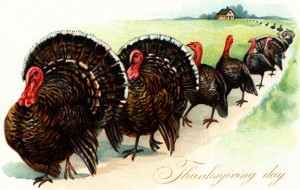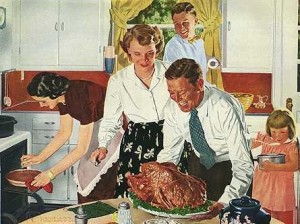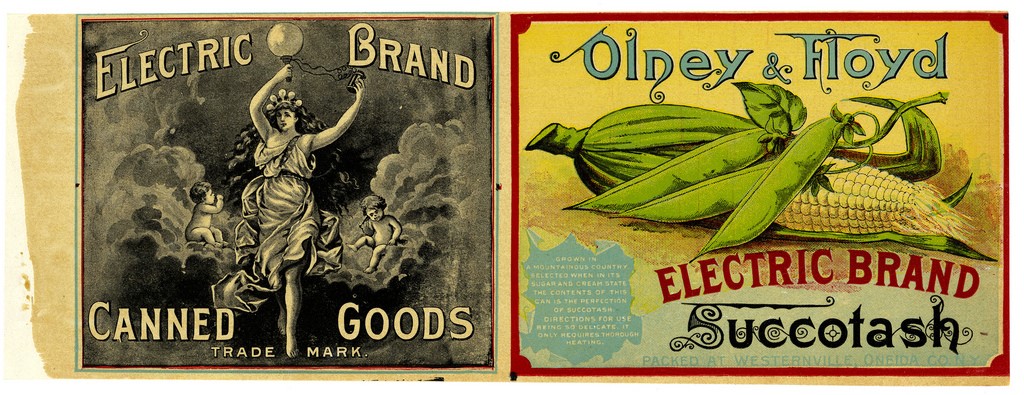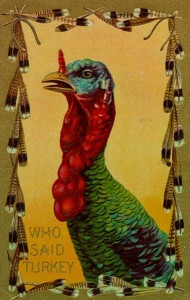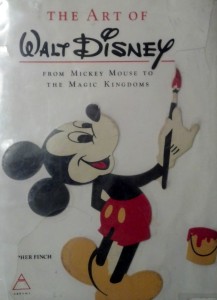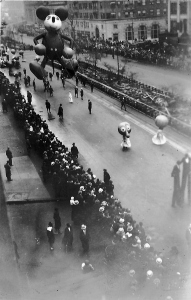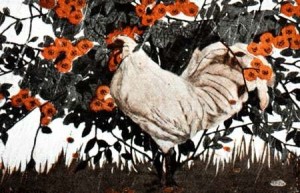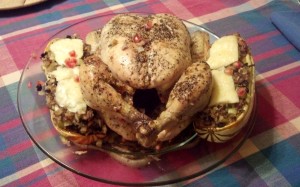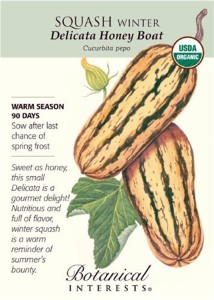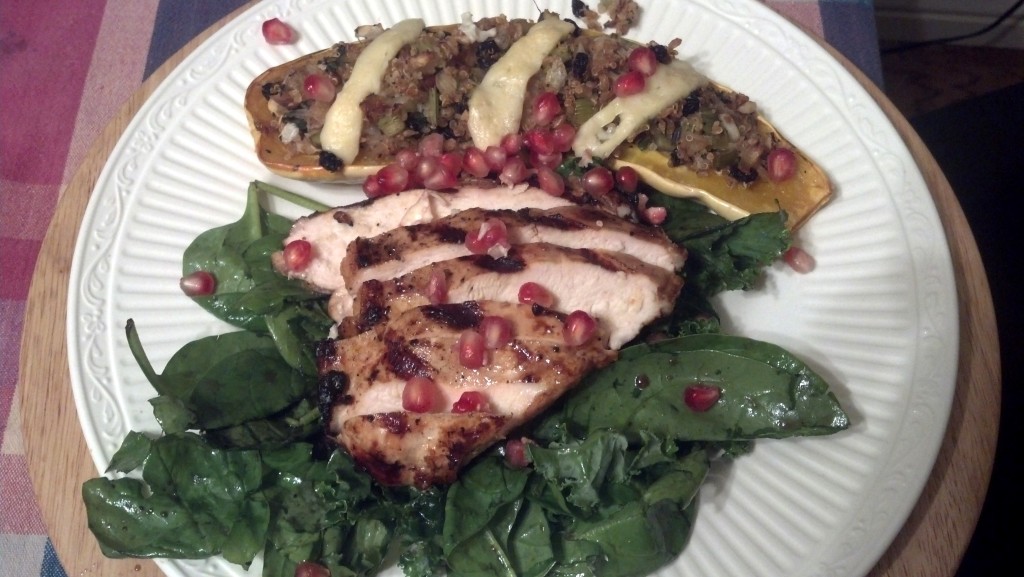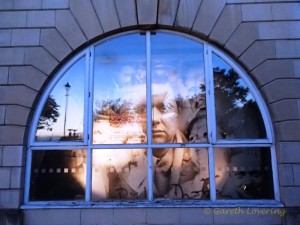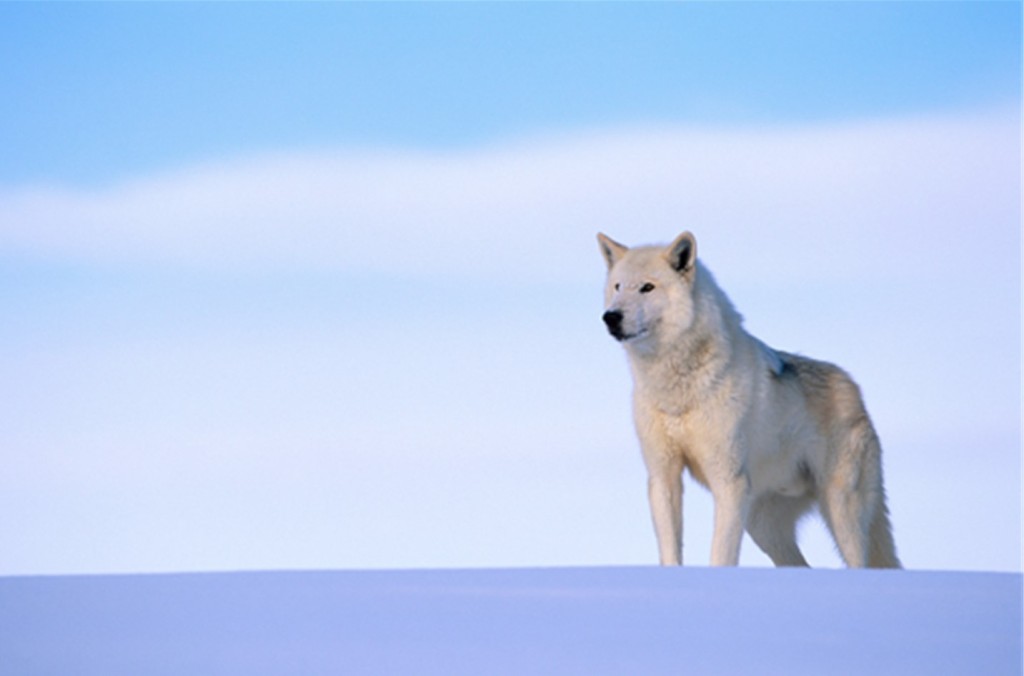07 November 2007 ~ 26 July 2022
The Blue Crew lost our dear Django at 11:00 a.m. on 26 July, just three months shy of his fifteenth birthday.
 Django or DJ or The Duke—as he walked proudly and distinctively like John Wayne–was the second rescue for our pack. With precious Sophie Blue at middle age and seeming to want company, Pinky combed the internet for Huskies. Finally, one morning in Seattle, a posting spoke to her. Petfinder listed a mother and litter of puppies available near Redding, California. The photo was of a beautiful female, a good marketing image, but not available. The pack had been abandoned at a foreclosed property in Southern California, saved by an Angel Society, taken to a shelter in Hollywood, then shuttled to a Samoyed Rescue in Northern California.
Django or DJ or The Duke—as he walked proudly and distinctively like John Wayne–was the second rescue for our pack. With precious Sophie Blue at middle age and seeming to want company, Pinky combed the internet for Huskies. Finally, one morning in Seattle, a posting spoke to her. Petfinder listed a mother and litter of puppies available near Redding, California. The photo was of a beautiful female, a good marketing image, but not available. The pack had been abandoned at a foreclosed property in Southern California, saved by an Angel Society, taken to a shelter in Hollywood, then shuttled to a Samoyed Rescue in Northern California.
We loaded the Magic Bus for a round-trip to Redding, a long haul we could drive in one day each way. Calling our contact from Redding, we learned the shelter was another good drive west in Cottonwood. We opted to make the final leg in the morning through the deep environment of marijuana agriculture and abandoned road construction equipment. The shelter was a scam, and the place was a dump, though the litter was real—two boys, Itchy and Scratchy, and their sister, Saruh.
Watching the boys play, we selected Itchy. After paying a hefty sum for a de-worming, microchip, and care the shelter (which clearly was a side hustle) provided, we loaded the white bundle of fur with blue eyes into a crate and headed north. When contacting the microchip company to update the contact, we learned we had chosen Scratchy.
Django received his handle from his constant shuttles from shelter to shelter, a reference to Django Reinhardt, the amazing Gypsy jazz guitarist. Skyy was added for the blue-bottled Vodka we use in our occasional martini: Django Skyy Blue.
Django settled right in and added a lot to our pack. Sophie was dubious of his toothbrush and suitcase and wondered at first why we needed the little guy. But, she was accepting, and in her regal and aloof style taught him manners. Django went from gawky to elegant and handsome. He liked the Seattle neighborhood but was always up to the long car ride to our home in Hailey, Idaho. Our “boy with the waggity tail” made many friends, hiked, played, walked daily, slept near us, ate homemade dinners and treats, and learned to be himself in the orbit of Sophie. We were a good pack, always together, only apart for human travel.
For context, an explanation of the evolution of the Blue Crew: After constant travel in the mid-1990s, we settled and decided to rescue a canine companion. Awaiting opening hours at PAWS near Seattle, a young girl approached with a baby in one arm and a puppy in the other. She had purchased the puppy in the parking lot of a department store, but her mother was adamant that she could not keep the little white fur ball. Pinky remarked that the puppy had blue eyes and big ears, just like The Colonel. So, that puppy never entered the shelter, but into the hands of loving amateurs. We studied and learned fast. She was a mix of Husky and Samoyed—a SiberSam—whose photo framed the month of July in the 2003 Petshelter Network calendar and was one of the most beautiful dogs imaginable. As Huskies resemble the wolf, we selected the name, Sophie, after Peggy’s cousin Sophie Wolf. Blue, a rejected option for her name, was added for her brilliant blue eyes, Sophie Blue Wolf.
 As Sophie aged, Django became confused. He was comfortable following her alpha personality and seemed reluctant to accept promotion in the pack. Then, at age fifteen, we lost beloved Sophie in the same sunroom and house where Django passed. A month later, we picked up the Idaho Mountain Express to read the memorial we submitted for Sophie and found the entire front page splashed with a photo of Django. We had submitted a shot Pinky took of Django sprawling on our bed for the annual Valley Pets issue, and the news staff unanimously selected it as the first-place winner. It was as if DJ was doing a proper send-off of his late sister.
As Sophie aged, Django became confused. He was comfortable following her alpha personality and seemed reluctant to accept promotion in the pack. Then, at age fifteen, we lost beloved Sophie in the same sunroom and house where Django passed. A month later, we picked up the Idaho Mountain Express to read the memorial we submitted for Sophie and found the entire front page splashed with a photo of Django. We had submitted a shot Pinky took of Django sprawling on our bed for the annual Valley Pets issue, and the news staff unanimously selected it as the first-place winner. It was as if DJ was doing a proper send-off of his late sister.
Django, too, accepted a new sibling when we rescued our latest Husky, Mascoutah Blue, a puppy mill survivor. We were compelled to save the little girl from near where Pinky was raised in Belleville, Illinois. Now it was Django’s turn to grow up, and he calmly sat as we opened up the airline crate to let out this puppy who flew from St. Louis to Salt Lake City. Mascoutah was named for a little Southern Illinois town whose high school sports team was the wild Mascoutah Indians. (They still retain that mascot, although politically incorrect). It was as if she knew her namesake as she jumped out, spun a few times, and tore after Django. They played for hours, and we knew the pack was reinvigorated. She, too, inherited the moniker Blue for her eyes.
 Django had a good pack, canine and human, and was busy, curious, and keen for almost any adventure. He traveled between homes and showed eagerness for a sniffari when we pulled into either driveway. He played vigorously, often showing off his wheels in wide, fast circles of joy. Racing to catch up with us at Adam’s Gulch in Ketchum, a woman once shouted: “Lookout, he’s coming in hot!” He slowed as he aged but was always a Husky—stubborn and highly vocal.
Django had a good pack, canine and human, and was busy, curious, and keen for almost any adventure. He traveled between homes and showed eagerness for a sniffari when we pulled into either driveway. He played vigorously, often showing off his wheels in wide, fast circles of joy. Racing to catch up with us at Adam’s Gulch in Ketchum, a woman once shouted: “Lookout, he’s coming in hot!” He slowed as he aged but was always a Husky—stubborn and highly vocal.
Some years ago, he blew a knee in a hind leg and needed TPLO surgery by fabled Dr. Acker, a right-of-passage for dogs in the Wood River Valley. He had a slow but good recovery. However, Django’s neurological affliction in his lower spine could not be so easily fixed, and over the last several years, he became weaker and less mobile. We had no reasonable option except to keep him comfortable. We dealt with his lack of mobility, and he accepted our help while also letting us know that he was all in with the pack and had no plans to go anywhere. Our guardianship of Django continued, and he showed every evidence of understanding. He wanted to be with us, even in his weakened state. In this nurturing, we bonded even more with our dear boy.
 Over his last few days, we were alert to Django’s lack of interest, wanting only to rest in the shade in his Hailey backyard. He struggled to get up, even with our assistance. Finally, when he stopped eating, we knew he accepted the end, and when he turned away from his ice water, we knew he had only hours on this earth. Pinky slept in the sunroom with Django, and The Colonel stayed with a confused Mascoutah in the bedroom. This was to be Django’s last night. We could tell in the morning that his breathing was irregular. Yet, with his wide-open eyes, he seemed to focus on his home and its memories. We smoothed Django’s beautiful coat and talked him through his last breath.
Over his last few days, we were alert to Django’s lack of interest, wanting only to rest in the shade in his Hailey backyard. He struggled to get up, even with our assistance. Finally, when he stopped eating, we knew he accepted the end, and when he turned away from his ice water, we knew he had only hours on this earth. Pinky slept in the sunroom with Django, and The Colonel stayed with a confused Mascoutah in the bedroom. This was to be Django’s last night. We could tell in the morning that his breathing was irregular. Yet, with his wide-open eyes, he seemed to focus on his home and its memories. We smoothed Django’s beautiful coat and talked him through his last breath.
Yes, we who deeply love our dog companions often have reason to know the final signs, but nothing can fully prepare us for the separation. We are now in that dark tunnel of grief, sadness, and confusion of processing this profound change after almost fifteen years of love and friendship.
We kept him active, healthy, and happy, offering what we owed in the contract humans unofficially make with our beloved companions. They give us love in its purest form and only ask for shelter, food, water, and our love in return.
The strength of the Husky is the pack; the strength of the pack is the Husky.





